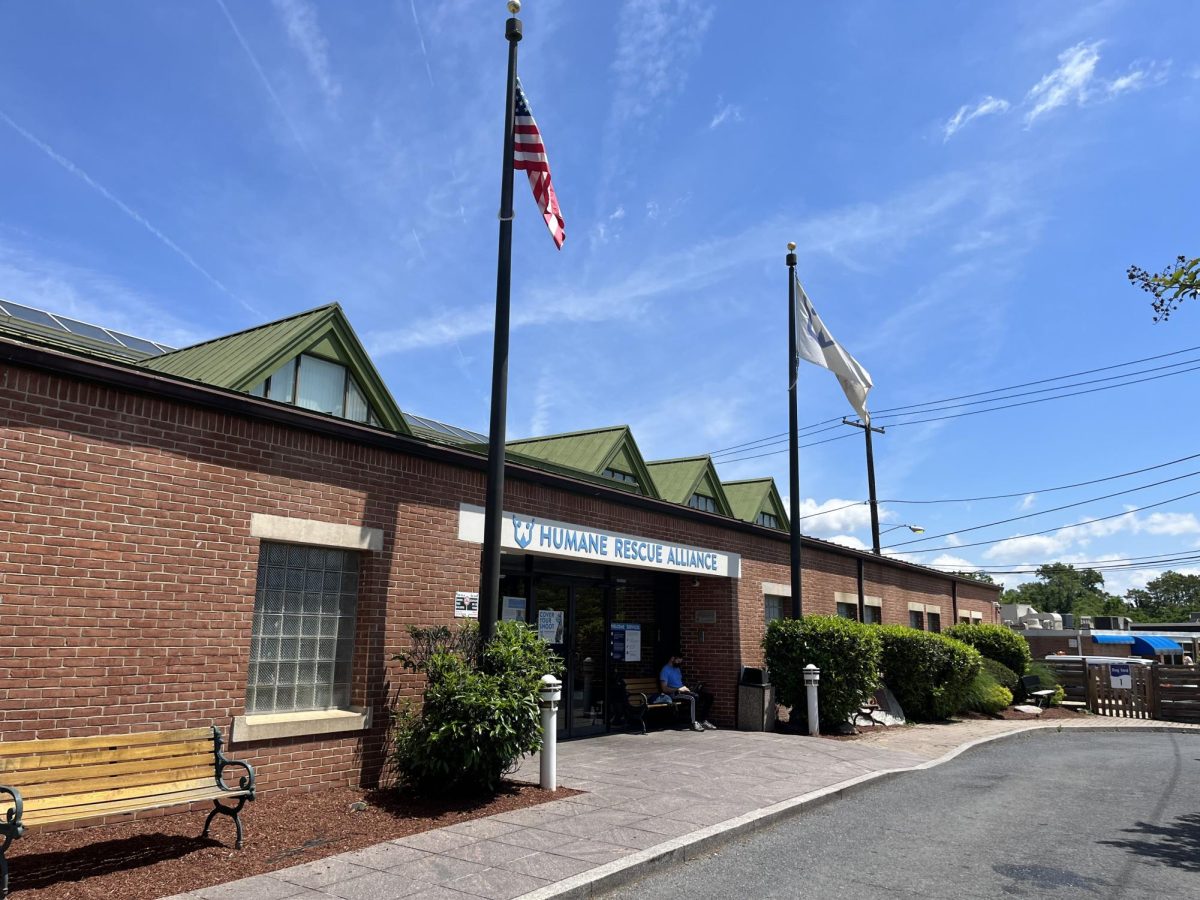Every Georgetown student and alumnus who is familiar with the world of college endowments cringes a little when the subject of Georgetown’s financial situation is broached. Most people either shrug and say something to the tune of, “Fundraising wasn’t a priority for the Jesuits,” or simply laugh and change the subject to something less sensitive.
This attitude isn’t surprising either, as Georgetown ranks 71st in a comparison of college endowments by asset size. This reality is no small concern, as even the endowment office recognizes that “no other American university operates from such a [significant] disparity” in the size of its endowment relative to its academic prestige.
A strong endowment is vital to any university’s success in the modern world. A significant capital base allows the university to invest in projects that enhance the experience of its current students, and to attract the brightest talent from around the world.
The global financial crisis didn’t help Georgetown’s situation. For the fiscal year 2009, Georgetown’s capital base experienced a 22.9 percent drop, diminishing its asset value from just over $1 billion to around $830 million.
The $1 billion mark is a significant milestone in the endowment world, and represented a major success for University President John J. DeGioia and Chief Investment Officer Larry Kochard. The drop back below this mark is a major setback for both administrators.
In their defense though, Georgetown’s endowment, relative to those of other universities, was ahead of the curve. We outperformed even the mighty Harvard Management Company, which managed to lose a staggering $10 billion, representing nearly 27 percent of its assets. (That said, let’s not forget that it still had $26 billion as of this September, and raised nearly $1.2 billion dollars in fiscal year 2009.)
The college endowment community as a whole lost almost $95 billion during the current recession, and now is reinvestigating its investment approach. Many enraged faculty and alumni may wonder how their teams of well-paid investment professionals managing the college endowments allowed such losses to occur considering the time and money spent on the investment process.
The answer lies in the approach that has become the new standard in the college investment community. Kochard has indicated that endowment managers realize that they occupy a similar role to large institutional investors and they must have their assets invested for the long run.
any colleges and universities, including Harvard, Yale, the University of Pennsylvania and Georgetown, have employed complex asset class diversification strategies that allow their managers to take advantage of investments that are not generally available to the greater investment community.
Georgetown, for instance, allocates much money to non-traditional investment vehicles, including hedge funds, private equity, real estate, high yield bonds and other complex structured products.
During good economic times, these asset classes allow large investors to experience substantial returns, and furthermore to diversify their exposure to normal market volatility.
During times of economic crisis, however, an allocation to alternatives can be a disaster, as many of these funds are illiquid in nature. They require either long-term investments or penalize investors for withdrawing funds at inconvenient times. As many universities increased their exposure to such investments in recent years, the black-swan phenomenon of 2008 – the unexpected economic collapse – has left universities scrambling to meet operating needs.
When universities depend on endowment returns for operational budgets, a free fall of portfolio value can hurt students. For example, Princeton recently shut down several computer labs and Stanford withheld university funding for its annual Halloween party. Even the illustrious Harvard has foregone hot breakfasts in student dorms.
While many critics can bastardize investment managers for the recent poor performance, we believe a diverse asset investment strategy still has its merits, and that Kochard will continue to use the strategy going forward. We believe that such an investment philosophy allowed for the double-digit returns experienced from 2004 to 2008, and will earn high returns as the financial markets continue to recover.
Georgetown’s financial future depends upon DeGioia’s ability to raise capital, combined with Kochard’s ability to manage the university’s investment portfolio effectively. Given the university’s track record in contexts outside of the financial crisis, we are optimistic that it will be successful in the long run.
The Georgetown community, both on the Hilltop and beyond, must rally around DeGioia’s effort to build the university’s endowment. The viability of Georgetown as an institution, whether we like it or not, depends upon its financial security; and at a time like this, the university is most in need of financial support.
Charles Leisure is a senior in the College and chief executive officer of Georgetown Collegiate Investors, Inc. He can be reached at leisurethehoya.com. Max Gaby is a senior in the McDonough School of Business and chief operating officer of Georgetown Collegiate Investors, Inc. He can be reached at gabythehoya.com. Money Talks appears every other Tuesday.
*To send a letter to the editor on a recent campus issue or Hoya story
or a viewpoint on any topic, contact
[opinionthehoya.com](opinionthehoya.com). Letters should not exceed
300 words, and viewpoints should be between 600 to 800 words.*
“








